Some 14 miles east of Leicester near to Launde Abbey and the county border with Rutland lies the quiet village of Loddington. There are a few houses, a late 17th century Hall (private) and the church of St Michael which sits some way from the village. I expect there were dwellings originally around the church but the village migrated north east. This is not uncommon and has happened at other churches such as Bruntingthorpe or Kilby, and there are various reasons why this may have occurred.
The church can be found on the road to East Norton from Loddington, there is a church notice board near a curve in the road. You can walk up through a wood to the church and return the same way – if you walk from the church via the south exit across the field, beware of the boggy ground, I was warned by the churchwarden but as you can guess I ended up with my ankles in it.
The church of St Michael dates mostly from the late 13th to early 14th century, although the south doorway may date from an earlier period which would seem to suggest that an earlier structure stood on the site.The south doorway has a pretty round window above the door which is unusual. The church has a west tower, nave, north and south aisles plus chancel. The wooden roof looks like it has had some repairs over the years and looks like it may need some more in the not so distant future.
It was ‘Victorianized’ (my expression for the usual Victorian restoration) in 1859 but most of the original features were left including a Jacobean pulpit and a 13th century font. On my visit the carpets were pulled up to protect them I expect from dust etc, the church is still in use and holds services although it is locked (now open as of July 2016) and not open outside of these. Access is not good for those wheelchair bound, there are walks across fields and no paths etc, there are also no facilities in the village although Oakham is only a few miles away.
I would like to thank the churchwarden for letting me have access to the church and for warning me about the bog – wish I had paid more attention…..
Update – Good news, the church is now open every day as reported July 2016
Pictures taken 2011
Visit by Chris Stafford
The old retail motto, Location, Location, Location also applies to Loddington St Michael, it stands halfway down a sloping hillside, all on its own, the village having migrated 400 yards up the hill to the north. There was a road going close by the south side of the church, but as it also appeared to be a fully fledged stream so I decided against risking taking the car down it, and made my approach across the fields. Sadly Loddington was a member of that all too common Leicestershire Club of Locked Churches (LCLC for short) who think it is OK to have a church with no details of keyholders in the porch. So this is a disappointing church, it promises much from its fine position, however I got some good pictures in the early morning sunshine.
Copyright Chris Stafford.
![]()
View Leicestershire & Rutland Churches 01 in a larger map

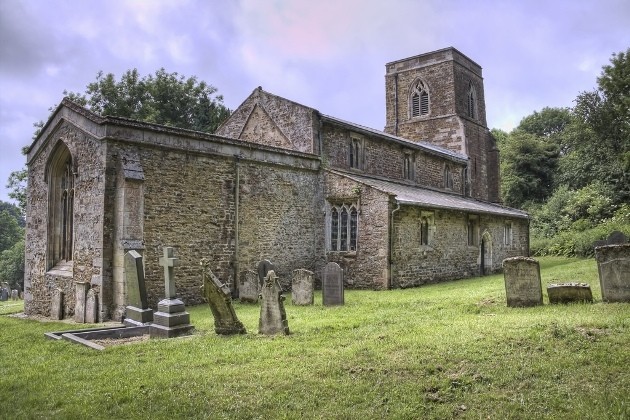
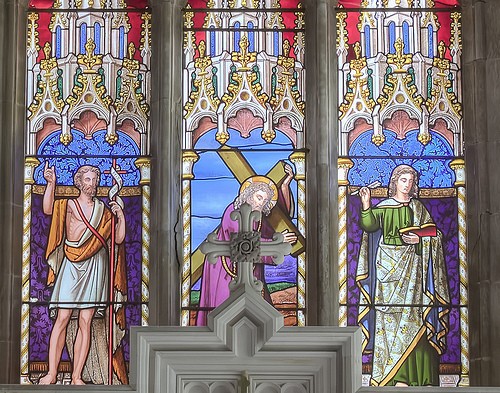
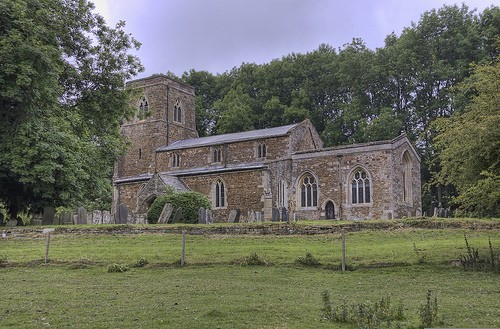
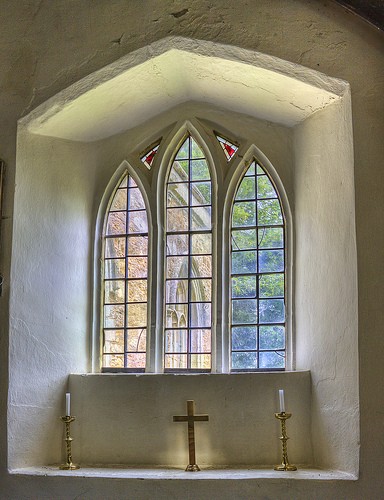
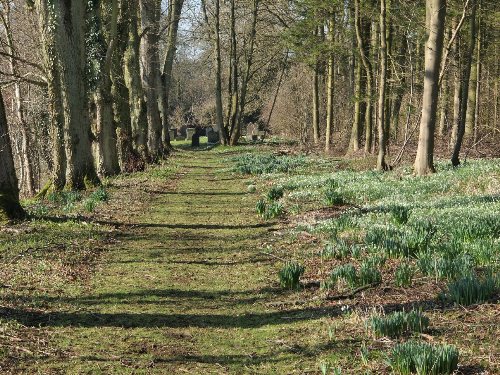


July 3, 2016
Loddington church is now open every day!
April 9, 2017
Hi,We would like to visit and wonder if we could see any records as Rhoda Hill (born around 1870s ), an ancestor, was from this parish and we would like to find out more if possible.
Thanks Jane
August 22, 2018
Hello, I’m trying to trace the buried of my cousin, he died at the age of 8months old in Shrewsbury Shropshire, but at the time of his death death my auntie and uncle were living in Loddington, there are no records of his cremation or buried in Shrewsbury his name was Martin Harries his parents were John and Jacqueline although on his death certificate his surname is spelt Harris, his date of birth is 3/8/1968 and he died on 3/4/1969 any help would be much appreciated.
October 23, 2019
I thought Loddington was THE parish church that had communion railing around all four sides. I had understood this was a nod to the puritan idea of the altar representing “the Lord’s table” rather than its being a descendant of pagan altars. As I thought I remembered from my last visit (early 1960s) the treatment was discrete with the altar drawn just a little way from the E wall to make room for the rails but not so far as to alert visiting high churchmen. Am I confusing it with another church nearby?
Rob Tresidder